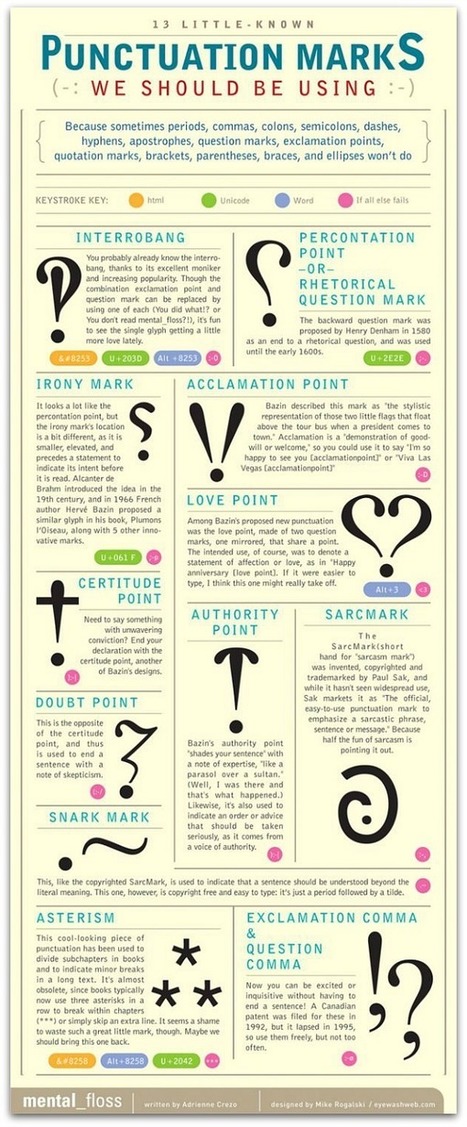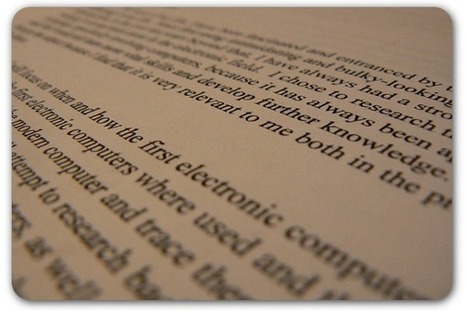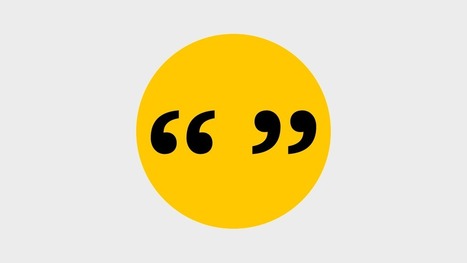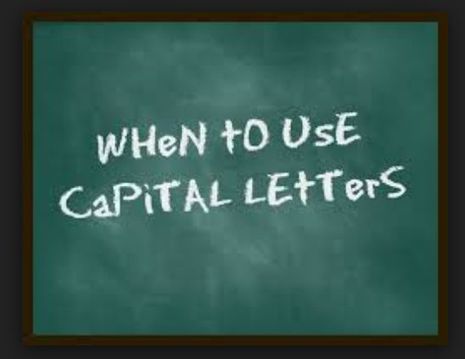Communications experts often preach the importance of face-to-face interaction.
When you hear a person’s voice and see his facial expressions and gestures, you get a clearer understanding of his message.
What if there were punctuation marks that translated those physical cues and vocal fluctuations for you? You know, like a punctuation mark to denote sarcasm, irony or how much you love your reader.
If that sounds intriguing, check out this infographic from Mental Floss; it reveals 13 little-known punctuation marks that you’re probably going to want to start using....
Get Started for FREE
Sign up with Facebook Sign up with X
I don't have a Facebook or a X account
 Your new post is loading... Your new post is loading...
 Your new post is loading... Your new post is loading...

rodrick rajive lal's curator insight,
March 10, 2015 5:05 AM
Formats keep changing, they did in the past, the only difference is that the changes are coming on really fast these days. Remember how once apon a time we used the slant format style for writing formal letters, and then we shifted to the block format? Dynamic nature of language means that changes will happen and we need to keep abreast of these. This however doesn't mean that we should be totally ignorant about formats from the past. In this case, it should come as a distraction to read a book where the paragraphs have been indented.It is absolutely OK to have indented paragraphs. Some books especially novels can start with a non indented first paragraph followed by the rest of the paragraphs that have not been indented. |
|















I really like this. :)
Off topic, but I couldn't help myself!
Using Scoop It to learn about Punctation